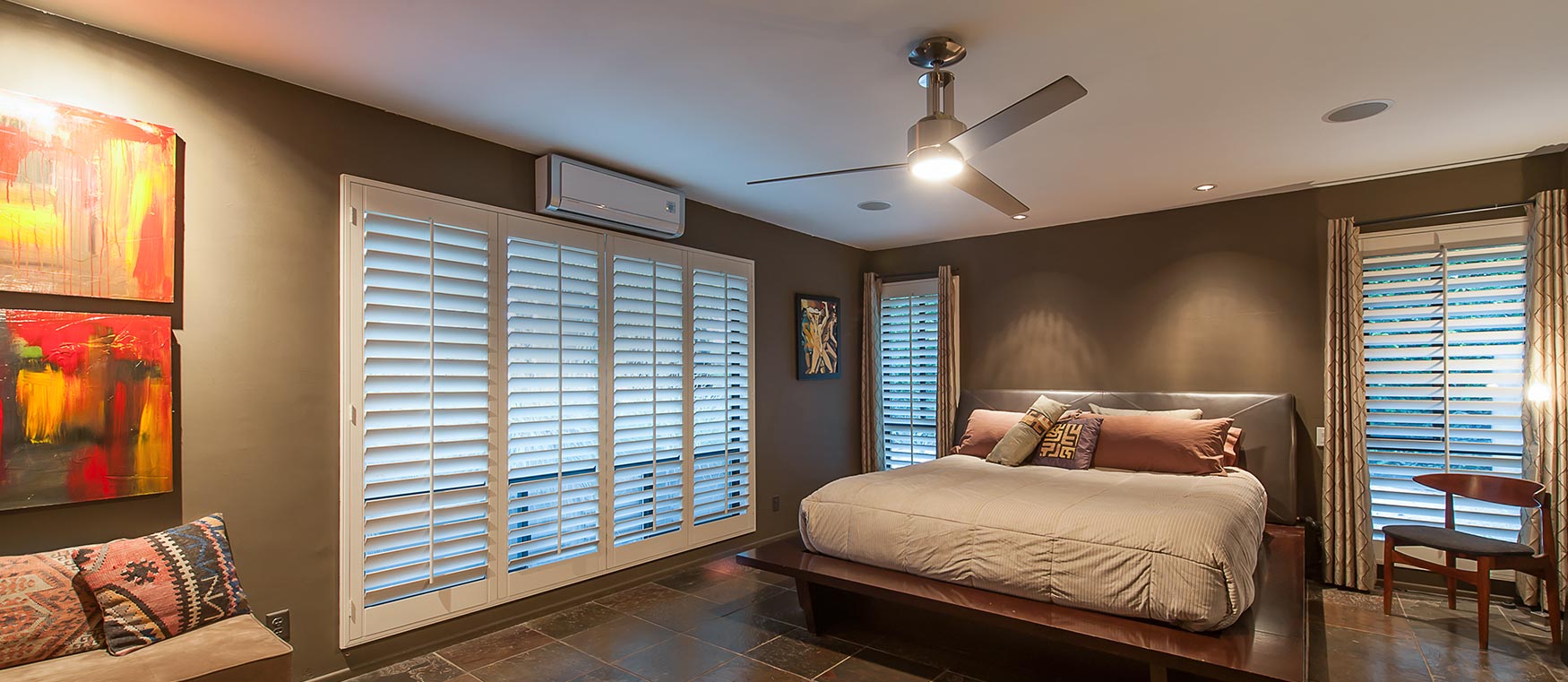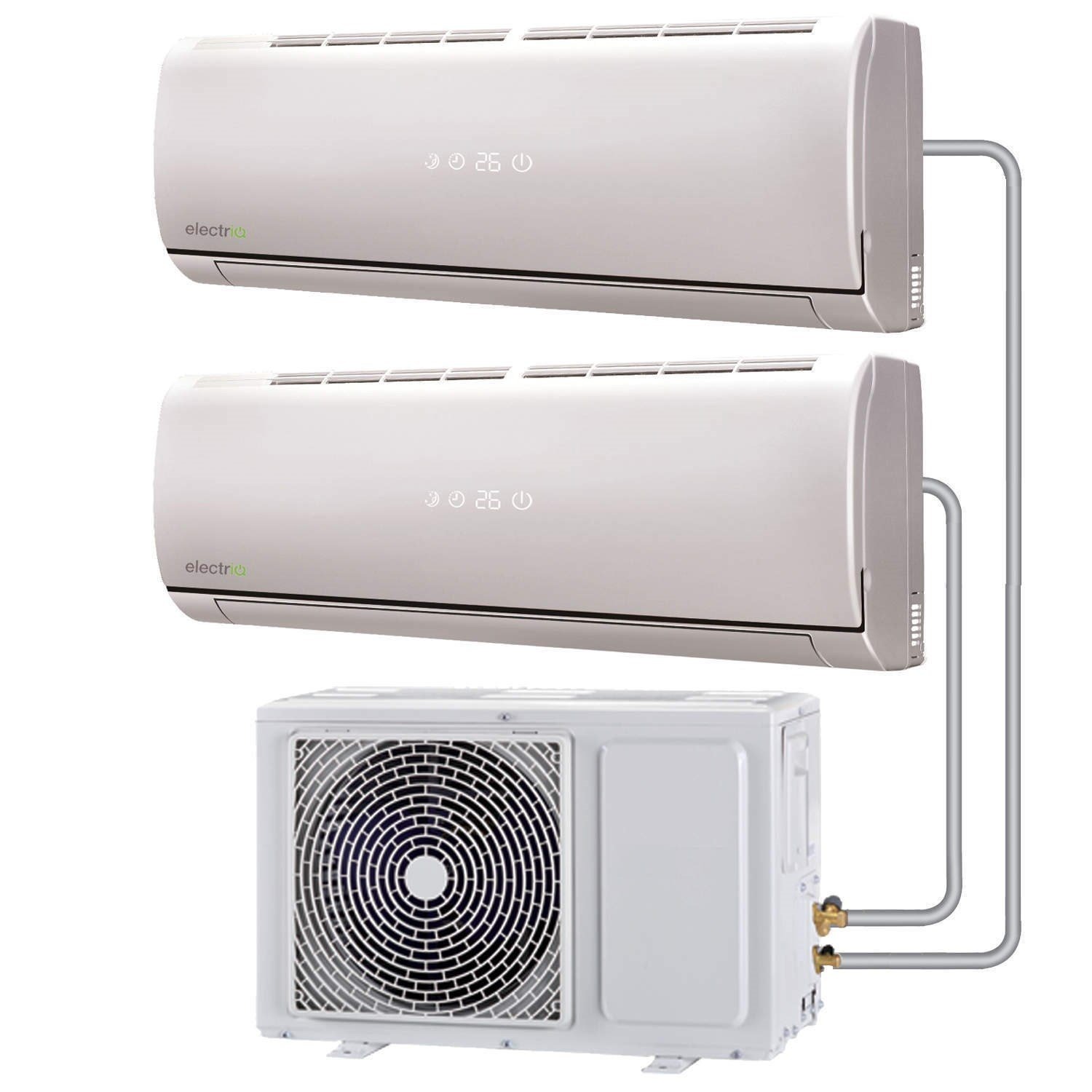Split Air Conditioning
- Home
- Solutions
- MEP Solutions
- Split Air Conditioning

Air Conditioning is the process where indoor air and living conditions are optimized to suit the needs of the inhabitants. This generally means indoor conditions are usually maintained at a set “comfort zone” of acceptable temperature and humidity. Air conditioning in a space usually results in better inhabitant satisfaction, comfort and productivity.
Certain factors are taken into consideration when designing an Air conditioning system such as
- Current outdoor conditions.
- Required indoor conditions.
- System components.
- Seasonal changes.
- Inhabitant or room occupancy.
- Space size.
An optimum design is when the load required is usually calculated and a “compressor size” is recommended to allow sufficient heating or cooling of air while also reducing the electric power used. Further devices are also considered to either increase or decrease the humidity. Smart systems also allow energy savings, air recirculation, efficient operation, oxygen level monitoring and adjustments and various other technologies that aid in the improvement of AC systems.
Air conditioning systems are a vital part of a residential or office space comfort and livability. Modern buildings and workspaces utilize an active air conditioning system to control various indoor living conditions. The most common air conditioning solution is also widely available in the split air conditioning (AC) system.
Split Air Conditioning systems, as the name implies, is set up in a way where the heat exchanger is split from or at a distance from the condenser. The condenser is usually the outside unit, while the heat exchanger is placed indoors. The condenser unit also houses the compressor, while the heat exchanger contains the expansion valve.

A commercial Split Air Conditioning system is modernly used because it allows an easier and minimal approach to adequate air conditioning. The outdoor and indoor units are usually connected by a few tubes and electrical wiring, which reduces a given part number for the system. Another aspect is reduced environmental damage when discarding or replacing these wirings. It also keeps installation and running costs down which is a significant financial advantage in the long run.
Types of Split Air Conditioning systems include;
Central Split Air Conditioning
Central Splits is usually the default setup for AC systems. This type is mainly used in homes or small office spaces. It utilizes the traditional AC cycle. Central Splits uses a duct system to lead and allow distribution of the flow of air into specific areas or air outlets. This allows a controlled temperature and airspeed flow based on the user's preference, while also allowing for flow into several locations at once.
Mini Split Air Conditioning
Mini Splits are usually smaller AC systems specifically designed for use in a single room or space of a set size. They are ductless systems meaning no directional control to other spaces. This system is highly reliable, cheap and almost maintenance-free. Multiple mini splits could be connected and combined to a single outdoor unit via ductwork, further increasing efficiency, but a limitation of this is that not all indoor units will cool/heat effectively if all of them are running simultaneously.

Additional advantages of Split Air Conditioning include;
- Relatively Cheaper Costs.
- Easier Installation and System Layout.
- Peak Efficiency and Reduced Energy Losses.
- Quiet, Effective and Efficient Operation.
- Minimal Maintenance.
Maintenance of Split Systems is typically simple filter changes and visual checkups. A professional is only needed if a major leak of the refrigerant or operational problem of equipment is at hand. The installation process is usually straight forward with little to no structural change in a location. Certain insulating materials could be recommended on a wall, ceiling or floor to maximize cooling or heating of a space.
